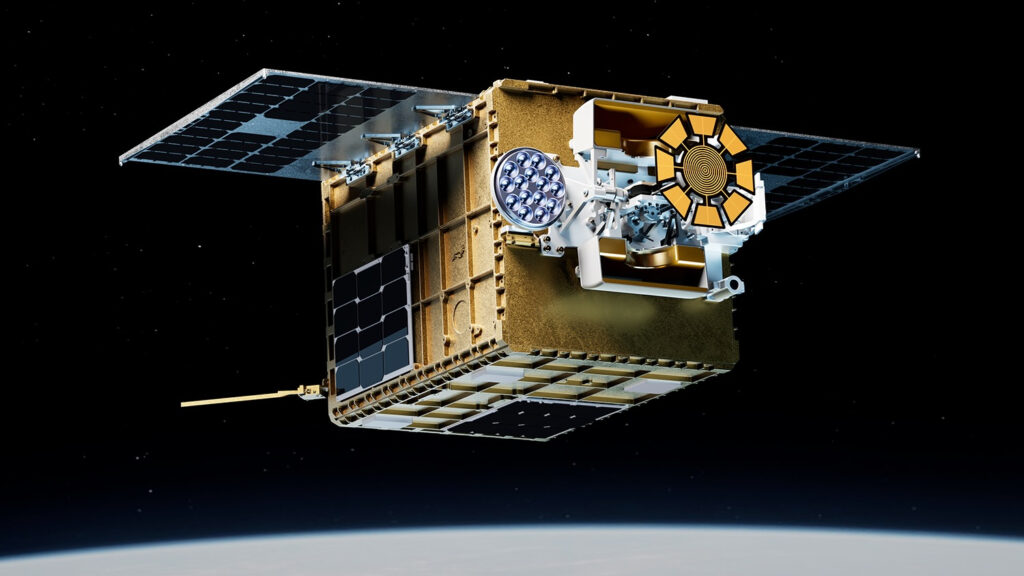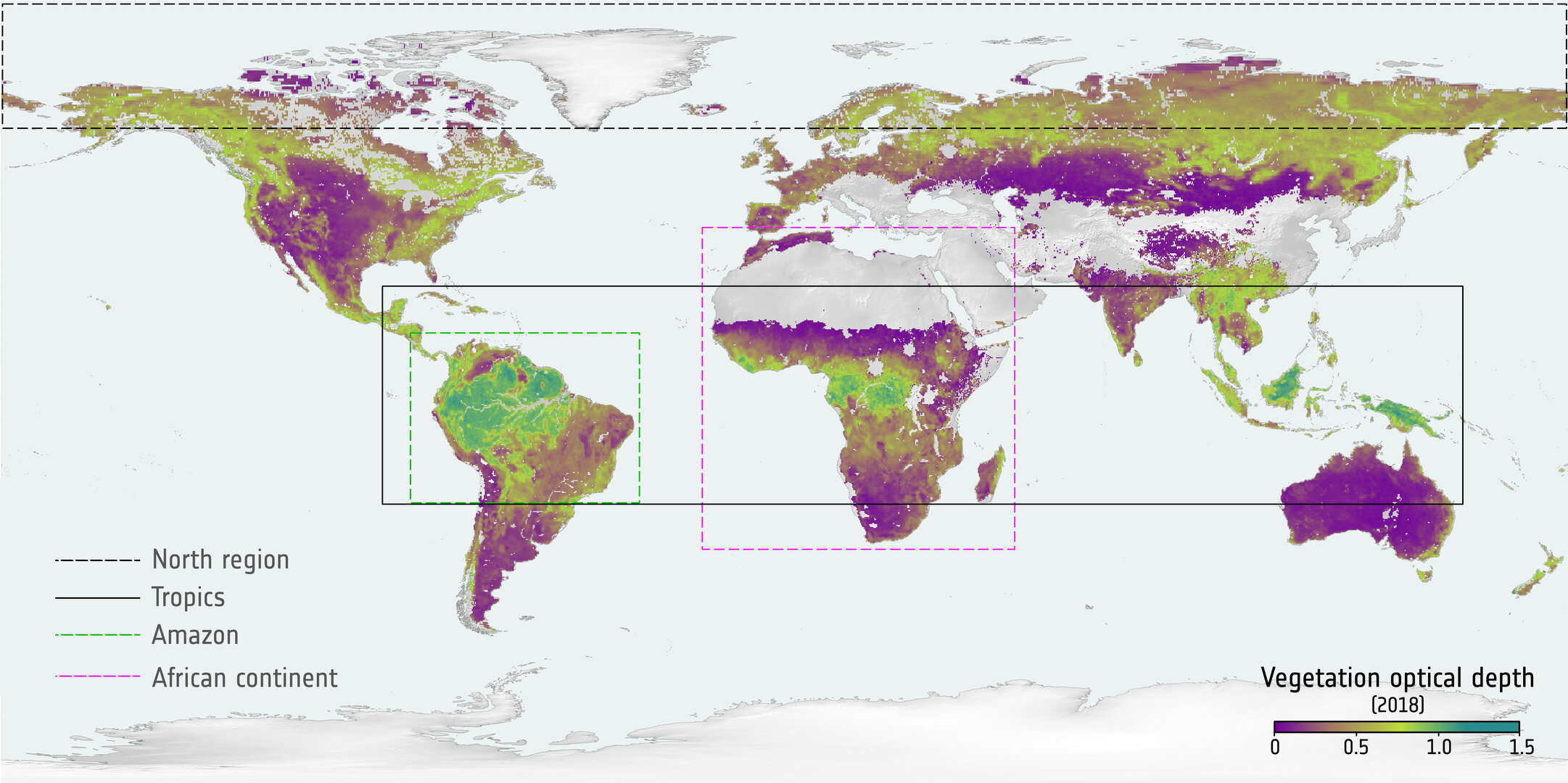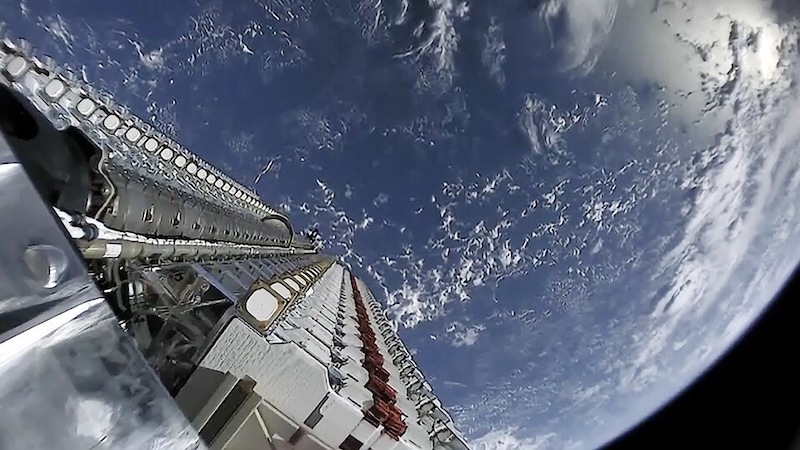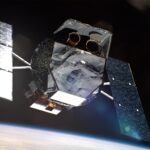Now Reading: Did ‘primordial’ black holes born right after the Big Bang help our universe’s 1st stars form?
-
01
Did ‘primordial’ black holes born right after the Big Bang help our universe’s 1st stars form?
Did ‘primordial’ black holes born right after the Big Bang help our universe’s 1st stars form?
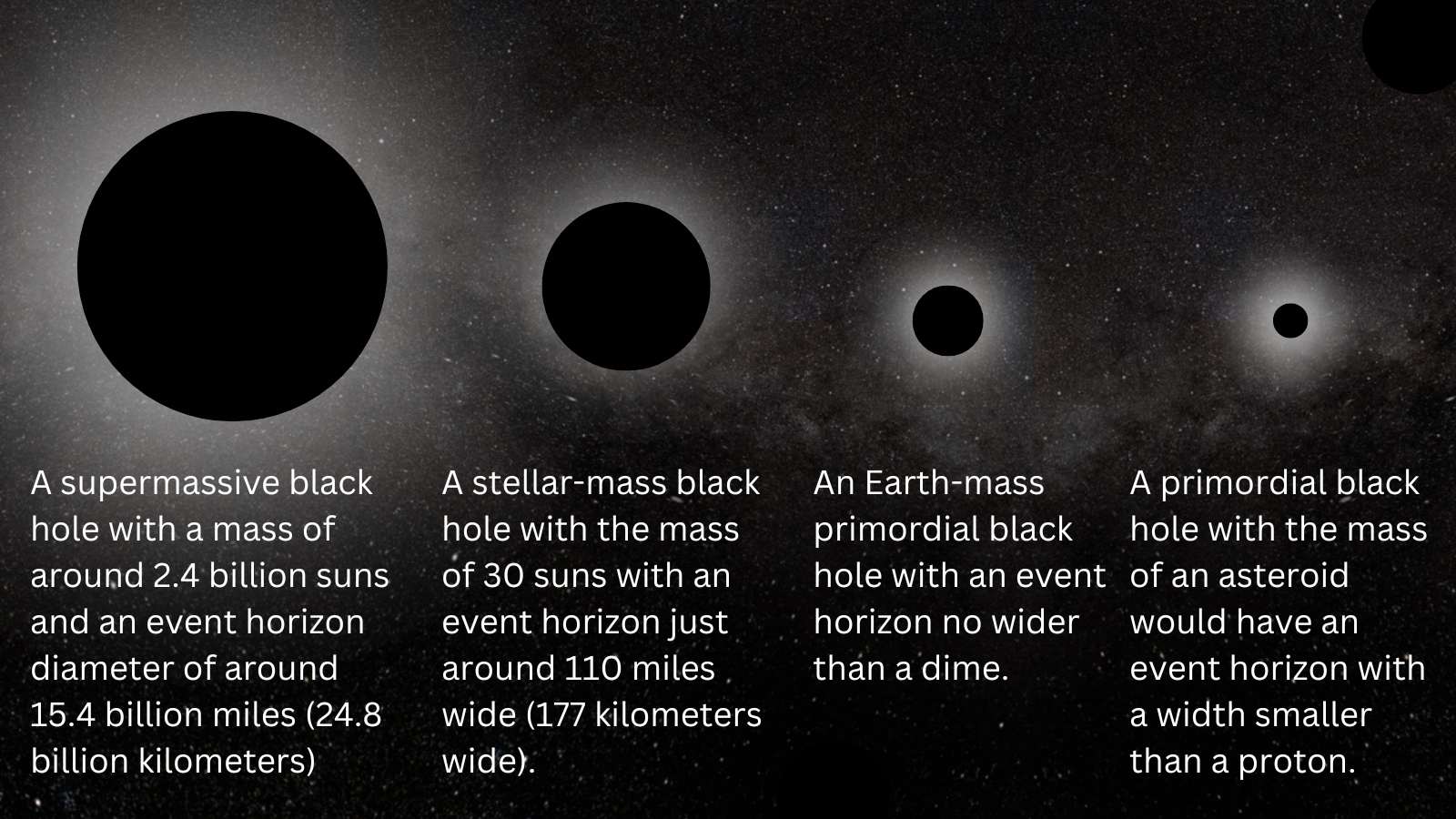
New research suggests that primordial black holes created during the Big Bang could have played a major role in forming the universe’s first stars. The findings could help to assess how suitable primordial black holes are as candidates for dark matter, the universe’s most mysterious “stuff.”
But the study team isn’t sure yet whether these black holes helped star formation, acting as “cosmic midwives” by ferrying matter to sites of stellar birth, or if they acted to suppress starbirth!
The role primordial black holes played in the formation of so-called “Population III (POP III) stars” ( a confusing name for the first generation of stars) all depends on what masses these hypothetical original black holes have.
“We investigated how primordial black holes — ancient black holes that may have formed in the very early universe — could have influenced the birth of the first stars,” team member Stefano Profumo of the University of California at Santa Cruz (UCSC) told Space.com. “Using advanced computer simulations, we found that, depending on their mass and abundance, these black holes could either speed up or delay the formation of the first stars.”
Profumo added that, in some cases, primordial black holes likely acted like “cosmic seeds,” helping matter clump together earlier than expected. However, in other scenarios, Profumo and colleagues found that these black holes could have disrupted gas clouds, actually preventing stars from forming promptly.
Primordial black holes: Friend or foe to star formation?
Primordial black holes are thought to have formed as a result of density fluctuations in matter in the early universe. This is quite different from the origin of so-called stellar-mass black holes, which are created when massive stars collapse and erupt in supernovas at the end of their lives.
This means that primordial black holes didn’t have to wait for the first generation of stars to live and die before they could be created. Also, it doesn’t place the same kinds of mass limits on primordial black holes that exist for stellar-mass black holes, as the former are created directly from early cosmic material rather than from collapsing stars, which can only be so massive.
However, because primordial black holes are yet to be discovered, there isn’t much else scientists can firmly say about them.
Profumo explained how primordial black holes could play a role in star formation.
“Massive primordial black holes can serve as powerful gravitational centers. In the early universe, they could have pulled in gas and dark matter more quickly, jump-starting the formation of small galaxies and stars,” he said. “This could explain how some of the earliest galaxies we now see — thanks to the James Webb Space Telescope (JWST) — managed to form so surprisingly fast after the Big Bang.”
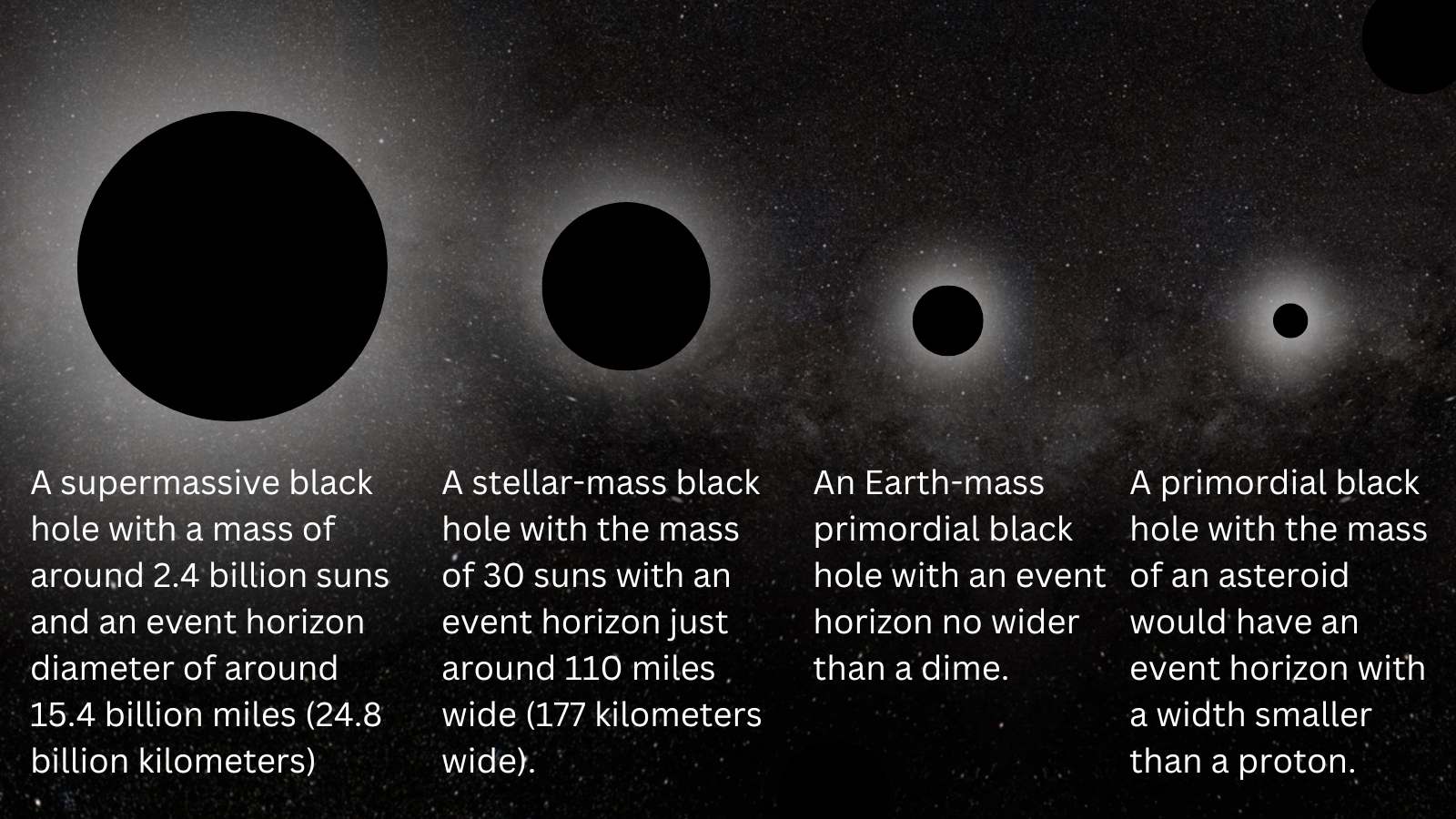
However, primordial black holes must have a certain mass to play a positive role in star birth, according to the team’s simulations, which were performed using a software package called GIZMO, running the hydrodynamics of the universe’s initial gas and dust.
“To boost early star formation in the way we observed, the black holes would need to be quite massive — about a thousand to ten thousand times the mass of our sun,” Profumo said. “At those sizes, and in the right numbers, they’d have a noticeable effect on how quickly the first stars formed.”
More massive primordial black holes would do this by causing density fluctuations in matter to increase. This would create more so-called dark matter haloes, vast clusters of this mysterious form of matter within which the building blocks of stars and galaxies could gather en masse.
If there are too many of these massive primordial black holes, however, then stars and galaxies would form too fast, thus not reflecting our picture of the early universe.
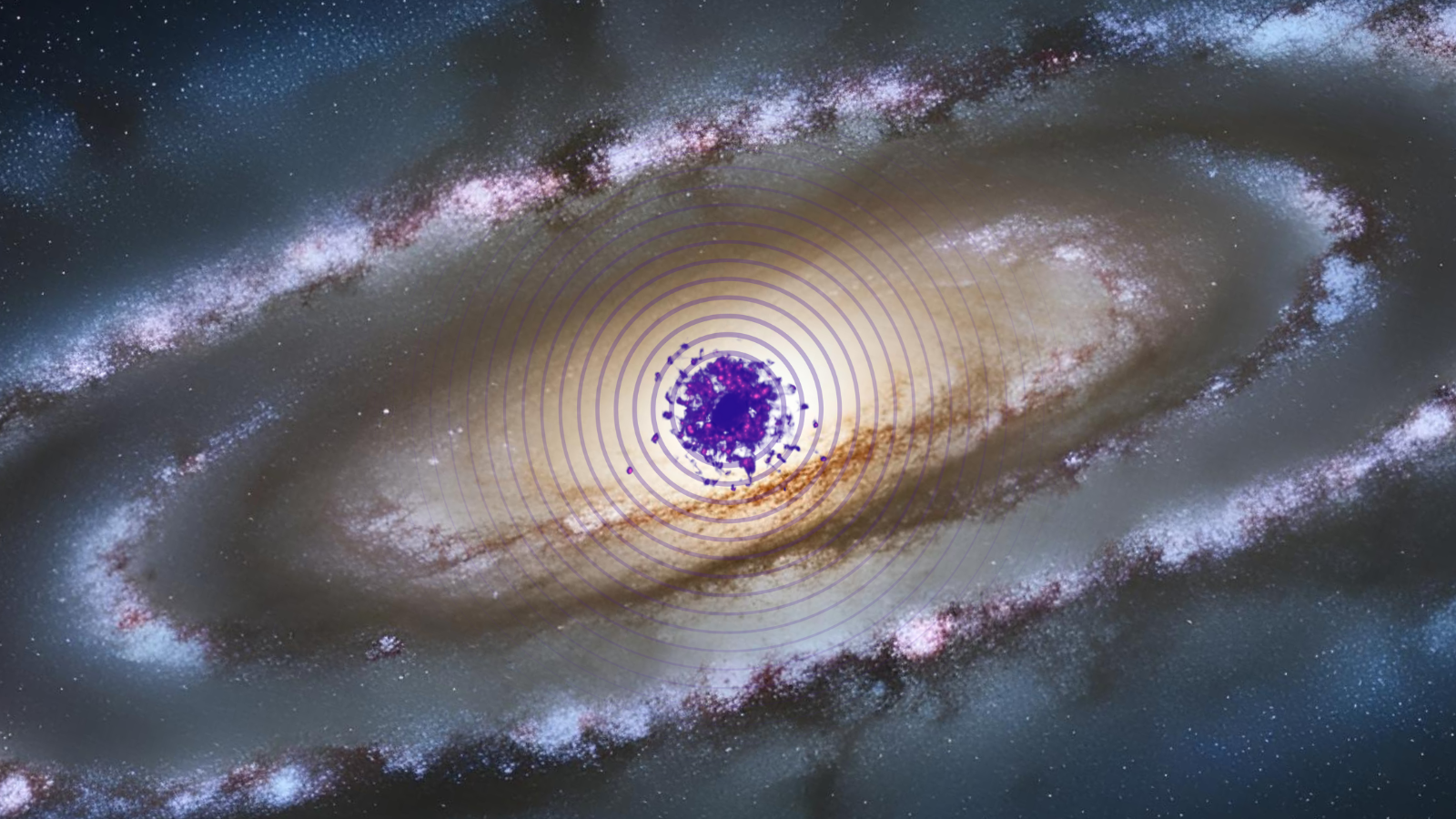
But the team found that primordial black holes with masses smaller than around 100 times that of the sun wouldn’t increase density fluctuations.
Instead, the team’s simulations indicated that, if there were enough of these less massive primordial black holes, the influence of their gravity would generate tidal forces within vast clouds of gas and heat them.
This is problematic for star formation, because stellar bodies are born when cold and over-dense clumps of gas and dust collapse under the influence of their own gravity. The more low-mass primordial black holes in the early universe, the more gas is heated and the more star formation is stunted.
Thus, this is a really Goldilocks situation. To assist in star formation, the masses and population sizes of primordial black holes need to be “just right.”
Further investigation of these competing scenarios could tell scientists more about dark matter.
Primordial black holes and dark matter
Dark matter is so problematic to scientists because, despite accounting for about 85% of the matter in the universe, it remains effectively invisible. That means everything we see — stars, planets, moons, asteroids, comets, each other, and so forth — accounts for just 15% of the stuff in the universe.
Scientists can gather that dark matter isn’t made up of particles like electrons, protons, and neutrons, which compose the atoms of “normal” matter, because those particles interact with light, and whatever dark matter is doesn’t.
This has spurred a search for particles beyond the standard model of particle physics. The fact that this hunt has turned up empty has kept primordial black holes in the frame as dark matter suspects.
“This research tells us that if primordial black holes do make up some or all of the dark matter, they can’t just have any mass or be present in any amount,” Profumo said. “If there are too many, or if they’re too massive, they would cause the first stars to form much too early — before we see any signs of them.
“On the other hand, if they’re too small and too abundant, they can get in the way of star formation. This gives us a new way to rule out certain black hole scenarios for dark matter.”
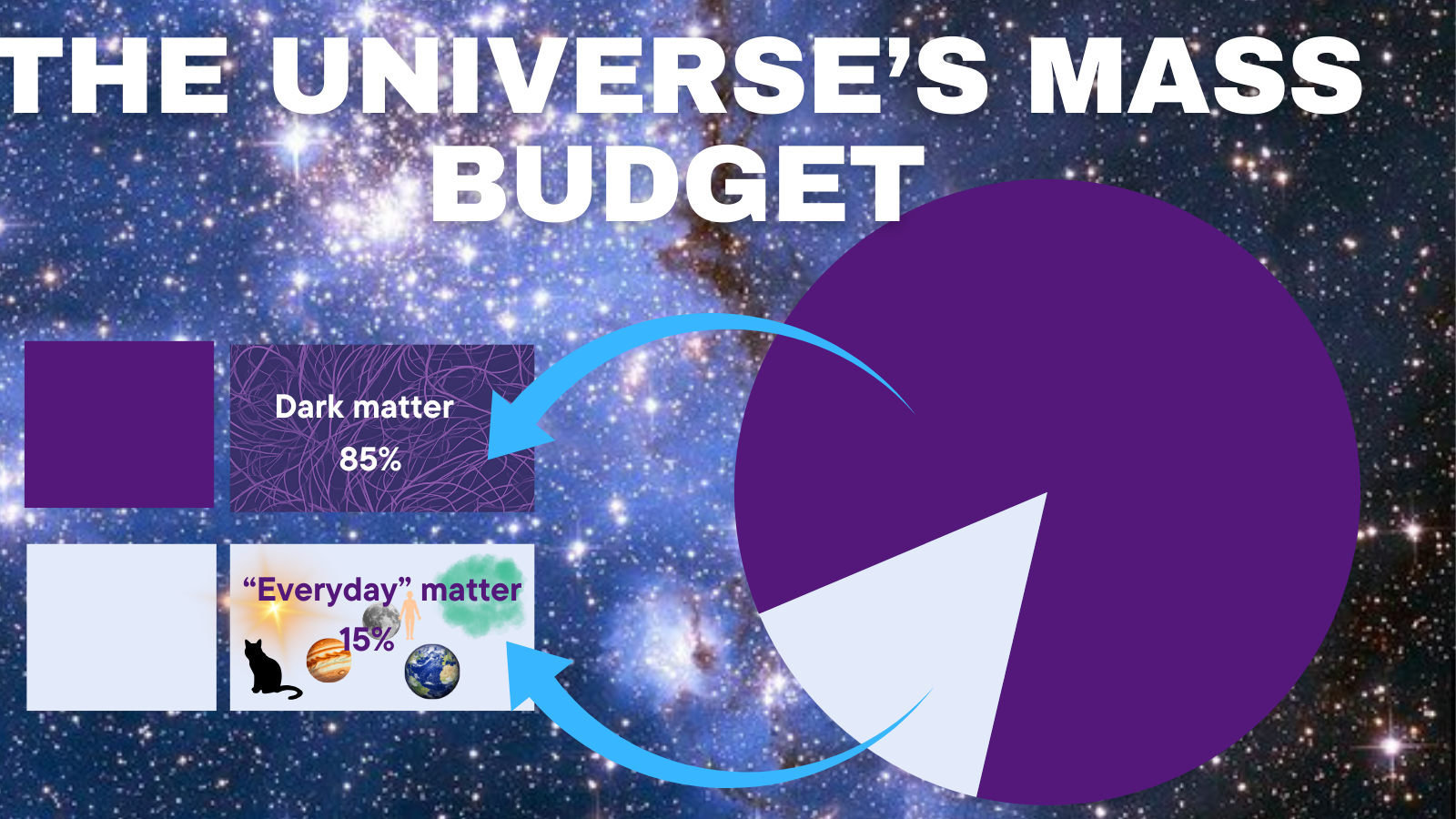
Of course, primordial black holes remain hypothetical. Barring the detection of these Big Bang-generated black holes, there are other ways that astronomers could find evidence supporting the team’s theory about their role in early star formation.
“The effects we studied would show up during what’s called the cosmic dawn — roughly 100 to 200 million years after the Big Bang. In some of our most extreme scenarios, star formation could start as early as 15 million years after the Big Bang — much earlier than traditional models suggest,” Profumo said. “If telescopes like JWST or future instruments can find galaxies or stars forming very, very early in the universe, that would support the idea that something like primordial black holes helped cosmic structures form faster than usual.”
Related Stories:
The next step for the team is to move beyond the assumption that all primordial black holes would have the same masses.
“Most theories suggest a mix of masses, and we want to model that more realistically,” Profumo said. “We’re also planning to improve the physical modeling of star formation, and to simulate larger patches of the early universe to understand how primordial black holes might have influenced not just the first stars but also the formation of early galaxies.”
The team’s research is available as a preprint on the paper repository arXiv.
Stay Informed With the Latest & Most Important News
Previous Post
Next Post
-
 01From Polymerization-Enabled Folding and Assembly to Chemical Evolution: Key Processes for Emergence of Functional Polymers in the Origin of Life
01From Polymerization-Enabled Folding and Assembly to Chemical Evolution: Key Processes for Emergence of Functional Polymers in the Origin of Life -
 02Two Black Holes Observed Circling Each Other for the First Time
02Two Black Holes Observed Circling Each Other for the First Time -
 03How New NASA, India Earth Satellite NISAR Will See Earth
03How New NASA, India Earth Satellite NISAR Will See Earth -
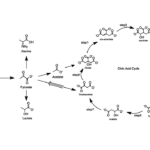 04Thermodynamic Constraints On The Citric Acid Cycle And Related Reactions In Ocean World Interiors
04Thermodynamic Constraints On The Citric Acid Cycle And Related Reactions In Ocean World Interiors -
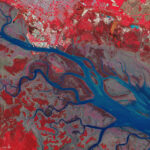 05Φsat-2 begins science phase for AI Earth images
05Φsat-2 begins science phase for AI Earth images -
 06Hurricane forecasters are losing 3 key satellites ahead of peak storm season − a meteorologist explains why it matters
06Hurricane forecasters are losing 3 key satellites ahead of peak storm season − a meteorologist explains why it matters -
 07U.S. Space Force awards $13.7 billion in new national security launch contracts to Blue Origin, SpaceX and ULA
07U.S. Space Force awards $13.7 billion in new national security launch contracts to Blue Origin, SpaceX and ULA














